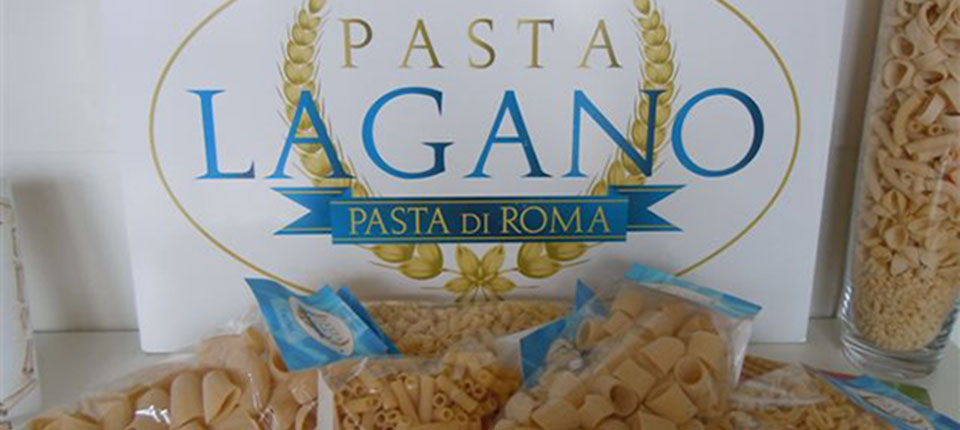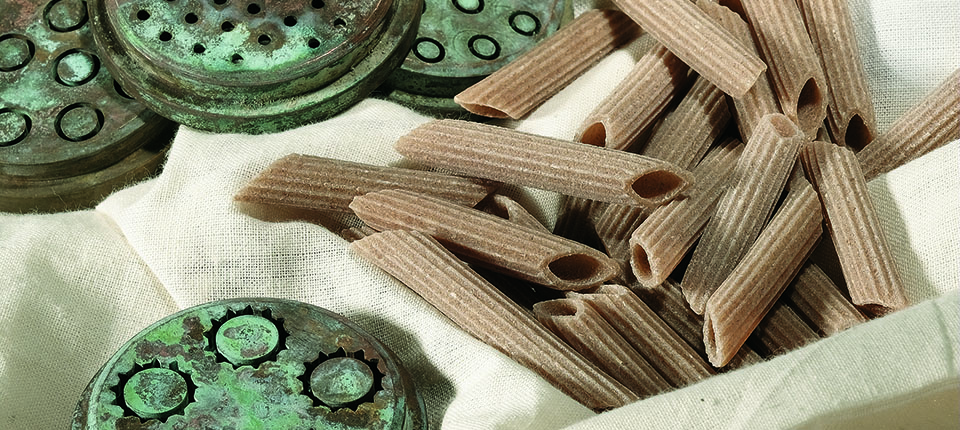
Commodity price observatory 1/2014
10 February 2014Pastaria’s four-monthly feature on the prices of the main raw materials used by pasta manufacturers.
by Centro studi economici Pastaria
Within the overall context, international food commodity markets continue their downward trend, despite different trends depending on the individual location and products involved. Key indicators would suggest a probable further reduction in prices, especially for grains, with possible spin-offs for processed products (flours and semolinas). In Italy, year-end figures showed a positive price trend only in the short-term (month-on-month). A trend, however, that appears to go against developments seen in other international benchmark markets. Trends, within this mini-rise, that would have reflected in some way the effect on domestic markets of a lack of supply, despite stagnant demand, with values that in the case of soft wheat still maintain a negative yearly differential of over 20% (-10% for flours and semolinas).
The current forecast is oriented towards stabilization in prices, although a further drop in markets cannot be excluded, if the supply of grain in unloading ports were to increase. In the meantime, following a period of major tension, dairy product markets seem to have reached a momentary equilibrium. Milk and butter prices remain significantly higher than a year ago, but the trend in this gap, especially for butter, is much less than this past summer. What needs to be seen now is to what extent markets in Oceania are capable of influencing international prices in the coming months, considering the fact that the most recent developments in milk production in Australia are not encouraging due to problems connected to climatic conditions and herd productivity.
For meat, the negative trend for pork continues, influenced by supply levels in excess of what the market is able to absorb. For beef, the situation is just the opposite, but still within a market that remains flat with limited new developments in the egg market, being sold at a discount of 10% compared with a year ago. It is likely that these trends taken as a whole could still provide some benefit to users (both manufacturers and others) in terms of reducing costs overall, tied to the supply of food commodities, with potential savings also in oils and fats.
Finally, it should be noted that the scenario within the energy sector is more favorable, with potential drops in the price of crude oil for reasons directly linked to the physical market where the level of supplies is good. The push for price-fixing is also the result of a clear easing in the international picture (agreements with Iran, the fact that a risk of escalation in the Syrian conflict was avoided) and by factors tied to currency markets, in prevision of a continued favorable euro exchange rate for prices of commodities quoted in US dollars.
Keep reading, download the magazine
 PASTARIA DE (digital edition) 2014 n. 1 (ITALIANO) (21.0 MiB, 2,080 download)
PASTARIA DE (digital edition) 2014 n. 1 (ITALIANO) (21.0 MiB, 2,080 download)
Registrazione necessaria. Sign-up to download.
 PASTARIA INTERNATIONAL DE (digital edition) 2014 n. 1 (ENGLISH) (23.9 MiB, 1,129 download)
PASTARIA INTERNATIONAL DE (digital edition) 2014 n. 1 (ENGLISH) (23.9 MiB, 1,129 download)
Registrazione necessaria. Sign-up to download.


